- Home About RM Minerals
- Virtual Photo Museum Blog RM Contact
- Microscopy and instruments How to Buy Disclaimer
Copyright 2010-2024
www.rosellminerals.com

A specimen of pyromorphite from this classic Spanish locality, in Córdoba. Several crystals with an intense green color, translucent and exceptional brilliance. Hexagonal crystals show barred shapes, truncated by the pinacoids. They are disposed upholstering the cavities of the matrix. A fine sample, acquired by Mr. Manchion to Joan Viñals, in 1991. Nowadays it is not easy to find samples from this mine. The pyromorphite from San Andrés Mine has been known from the first half of the XX century.
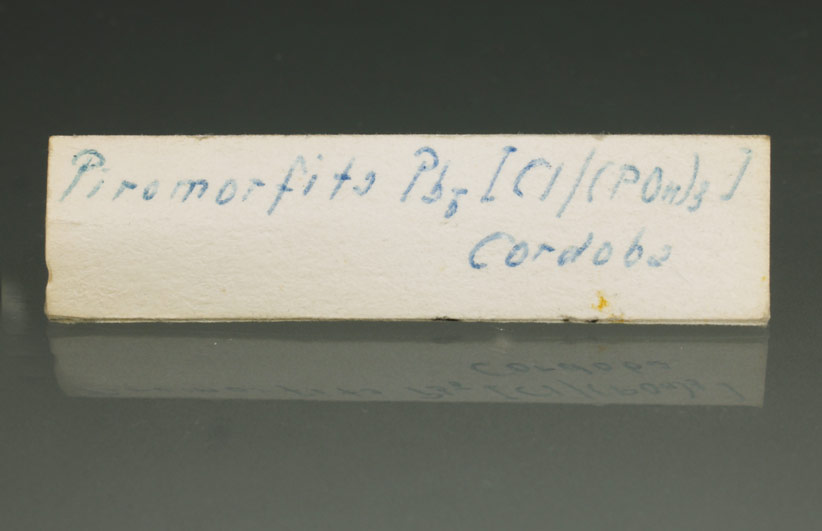
Aggregate of sphalerite crystals, with complex faces and intense color when the light passes through it. Back side is recrystalized. From this classic Spanish locality.
A very nice specimen of this classic Basque mine. It shows a dolomitic matrix partially covered by brilliant sphalerite crystals, defined faces and slightly curved edges. Excellent transparence and toasted honey color. It is accompanied by some greenish siderite rhombohedral crystals and dolomite crystals. A complete and brilliant specimen from this mine. From the Manchion Collection.
Troya Mine was closed in 1993, only a few years before these specimens were collected in 1990. Nowadays the mine is collapsed and flooded. This specimen was in a former German mineral collection since then.
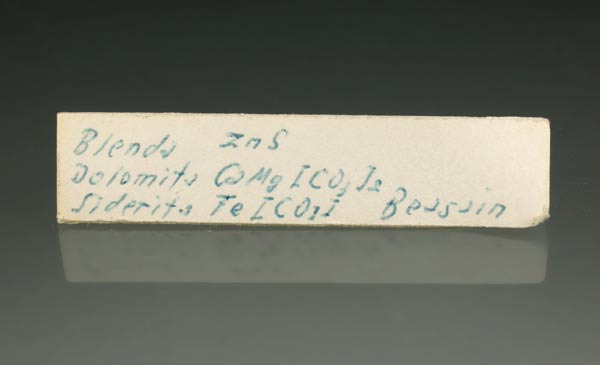
Group of fluorite crystals, cubic shape, brilliance, transparence and violet colour with geometric zoning. Some of them presents minor nicks, without affecting the whole. They are accompanied by barite crystals partially covered by tiny, shiny quartz crystals.
Druse of small quartz crystals, some doubly terminated, partially covered by white kaolinite. Peppered by several anatase crystals, with dipyramidal faces, truncated by basal pinacoid. Very sharp, translucent and with a toasted honey tone. Very aesthetic and rare in the market.
It is interesting to say that recent analysis of the reddish ashlars of the Torre Nueva (New Tower) of the Astorga cathedral indicated that these building materials were extracted from this Cantera del Moro during XVIIth and XVIIIth centuries.
Good schorl specimen from the clssic locality of Cap de Creus, Girona. Some crystals showing a developed and faceted prism and terminal faces, some of them with good thickness. From this locality it is very difficult to obtain specimens if they do not appear in old collections, as it is the case, since it is totally forbidden to collect specimens in the area. This one belongs from the Manchion Collection and it is accompanied by the handwritten label.
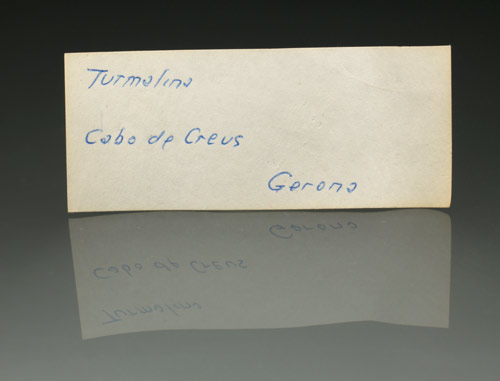
These mines are located in the heart of Massís del Montnegre, in Catalunya, and it is a classic for mineral collectors. The "vesuvianas" are found mainly in the outer zone of the mines. In this old specimen we can enjoy a radial aggregate of vesuvianite crystals, of good size and with the beige-greenish color that characterizes them in this locality. In a small vug we can see greenish transparent and well formed crystals of the species.
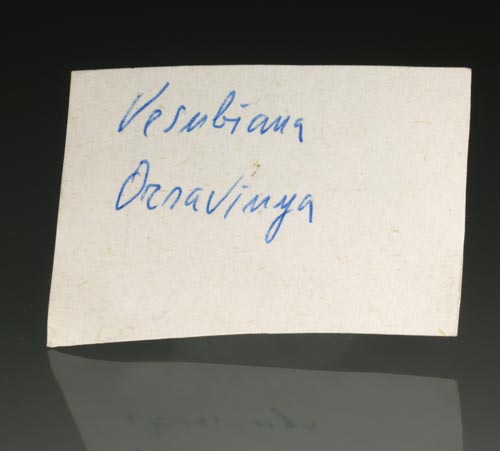
Aggregate of sphalerite crystals, with complex faces and intense color when the light passes through it. Back side is exfoliated. From this classic locality.
Fragment of a sphalerite crystal, with complex faces and intense color when the light passes through it. Back side is exfoliated. From this classic locality.
From this locality you could find samples in the market, but with a group of interpenetrated crystals, rather few. A curiosity...
Group of sharp gypsum crystals, transparent, lanceolated, with defined faces and edges. A classic from Spanish mineralogy.
In this old specimen from Manchion collection we can observe several octahedral gahnite crystals with defined faces and edges, a uniform deep blue color and accompanied by yellowish sphalerite. Such samples are very difficult to obtain and only from time to time appears a classic like this, only from old collections.
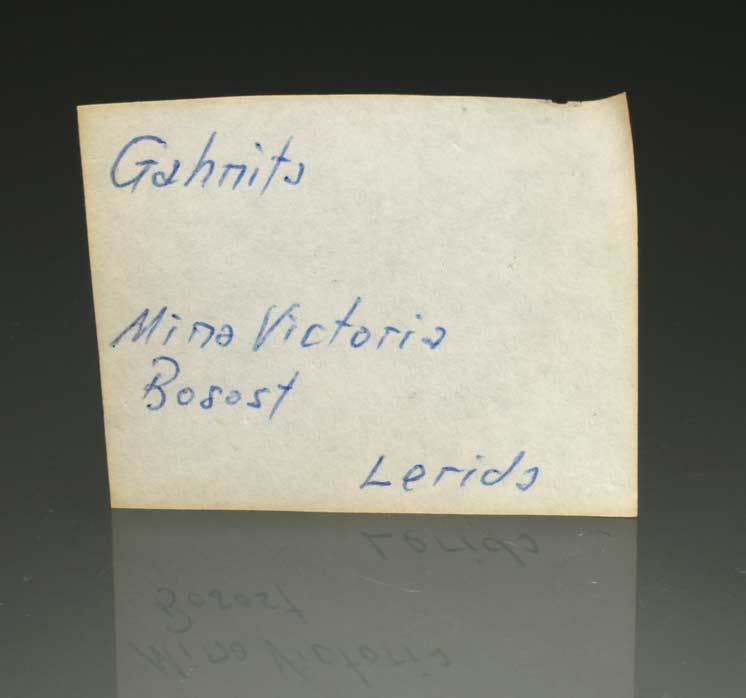
Curious specimen of greenockite of this classic locality of the Catalan mineralogy. Under loupe, aggregates of intense yellow color are observed, with reflections of what could be crystalline faces. This cadmium sulphide is a product of the alteration of rich Cd sphalerite. It is impossible to get specimens today.
An old piece from el Cap de Creus (Creus Cape), in Girona. It presents different almandine crystals, with colour between pink to orange, some altered, others faceted, which are included in a matrix of pegmatite. They are accompanied by black schorl. Nowadays it is forbidden to collect anything in that area and it is difficult to find available pieces.
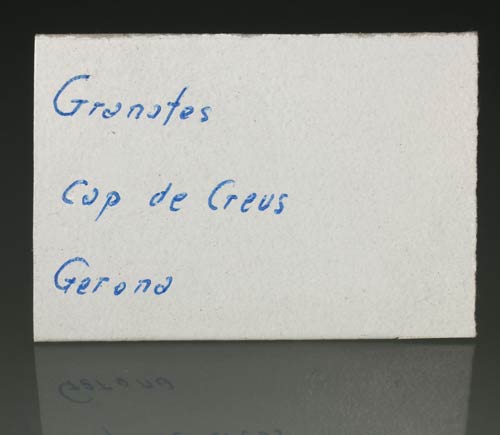
These specimens were found in a outcrop close to Maria Magdalena mine, close to the beautiful town of Ulldemolins (Tarragona, Catalonia). Probably, these crystals are the most defined crystals of Čechite worldwide. They are brilliant, black color and show a tabular shape defined by different order orthorhombic prisms and pinacoidal faces. Disposed very aerial on a fluorite matrix.
Čechite is very rare lead iron vanadate that is only found in a few places in the world and it is the first citation in the Iberian peninsula.
SEM-EDS and EPMA analysis show that, in some cases, on the crystal surface there is Cu2+ has been formed but the crystal is pure PbFe2+(VO4)(OH). In most specimens (all) from other localities the presence of manganese is important, but these specimens are Mn free. We will send more details to the buyer.
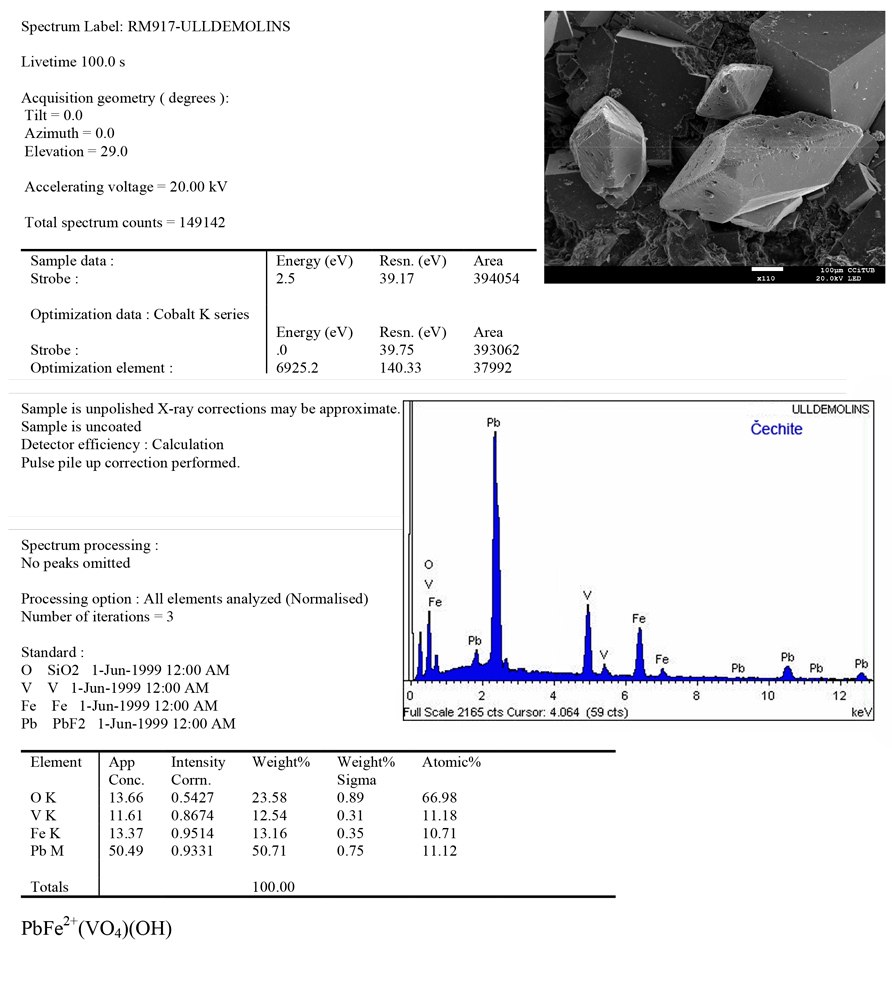
Nowadays, graphite specimens from this classic Asturian locality are very difficult to be found. These specimens show contiguous columns, with greasy luster and defined hexagonal forms. The crystal habit of natural graphite in most cases is determined by its highly anisotropic, layered structure. However, anomalous habits of graphite,determined not only by its structure, but also by the peculiarities of the growth environment, are frequently encountered, and optimization of the space available when solidifying forming columns.
Nowadays, graphite specimens from this classic Asturian locality are very difficult to be found. These specimens show contiguous columns, with greasy luster and defined hexagonal forms. The crystal habit of natural graphite in most cases is determined by its highly anisotropic, layered structure. However, anomalous habits of graphite,determined not only by its structure, but also by the peculiarities of the growth environment, are frequently encountered, and optimization of the space available when solidifying forming columns.
Nowadays, graphite specimens from this classic Asturian locality are very difficult to be found. These specimens show contiguous columns, with greasy luster and defined hexagonal forms. The crystal habit of natural graphite in most cases is determined by its highly anisotropic, layered structure. However, anomalous habits of graphite,determined not only by its structure, but also by the peculiarities of the growth environment, are frequently encountered, and optimization of the space available when solidifying forming columns.
Nowadays, graphite specimens from this classic Asturian locality are very difficult to be found. These specimens show contiguous columns, with greasy luster and defined hexagonal forms. The crystal habit of natural graphite in most cases is determined by its highly anisotropic, layered structure. However, anomalous habits of graphite,determined not only by its structure, but also by the peculiarities of the growth environment, are frequently encountered, and optimization of the space available when solidifying forming columns.
These samples of heterosite come from a classic area for the Catalan mineralogy such as Cap de Creus, in Girona. They belong from a former collection and were collected, according to the owners, by the 70s of the last century. Currently, in the Cap de Creus area, it is strictly forbidden to collect absolutely anything. These samples show aggregates of brownish-black tones, with a certain brightness, with layers of violet color and embeded in a pegmatitic matrix. No acid applied.
Bareche, in his work "Els Minerals de Catalunya, Segle XX" (2005), indicated the presence in this area of several rare Mn and Fe phosphates. He indicated that the purpurite was found in a single outcrop as small masses of violet and brownish color, along with heterosite from brown to black. From these specimens, several fragments of violet tone have been analyzed. The results have indicated that iron is predominant, with a ratio Fe:Mn, 2:1, consistent with heterosite. We do not rule out that purpurite (Mn> Fe) could be present, as member of heterosite-purpurite series.
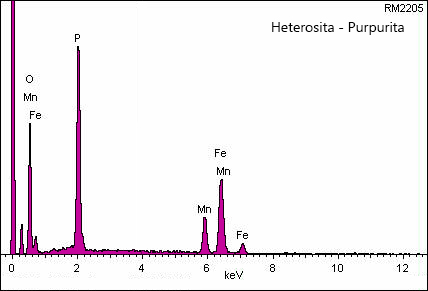
These samples of heterosite come from a classic area for the Catalan mineralogy such as Cap de Creus, in Girona. They belong from a former collection and were collected, according to the owners, by the 70s of the last century. Currently, in the Cap de Creus area, it is strictly forbidden to collect absolutely anything. These samples show aggregates of brownish-black tones, with a certain brightness, with layers of violet color and embeded in a pegmatitic matrix. No acid applied.
Bareche, in his work "Els Minerals de Catalunya, Segle XX" (2005), indicated the presence in this area of several rare Mn and Fe phosphates. He indicated that the purpurite was found in a single outcrop as small masses of violet color, along with heterosite from brown to black. From these specimens, several fragments of violet and brownish tone have been analyzed. The results have indicated that iron is predominant, with a ratio Fe:Mn, 2:1, consistent with heterosite. We do not rule out that purpurite (Mn> Fe) could be present, as member of heterosite-purpurite series.
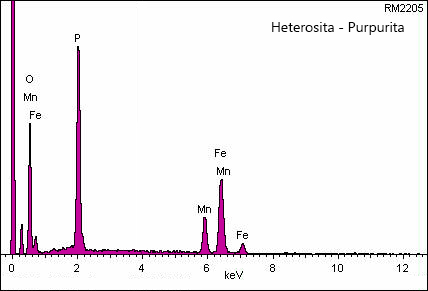
Tetrahedrite crystals of this Asturian mine are well known and appreciated by Spanish mineral collectors. In this specimen we have several tetrahedral crystals, also tristetrahedron shape could be appreciated. Good size and partially coated by malachite. A Spanish classic.
